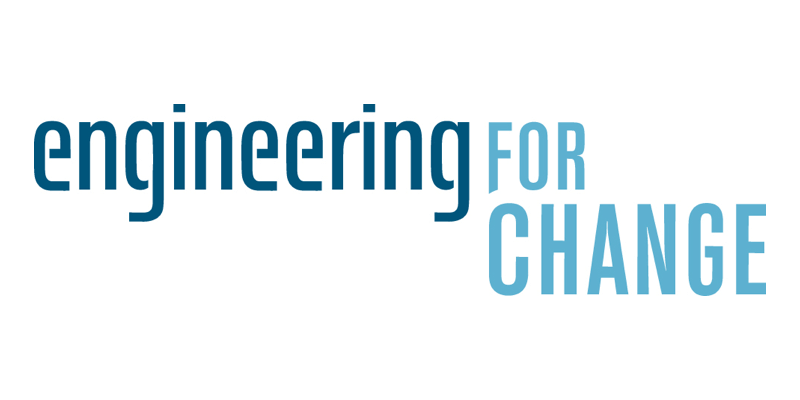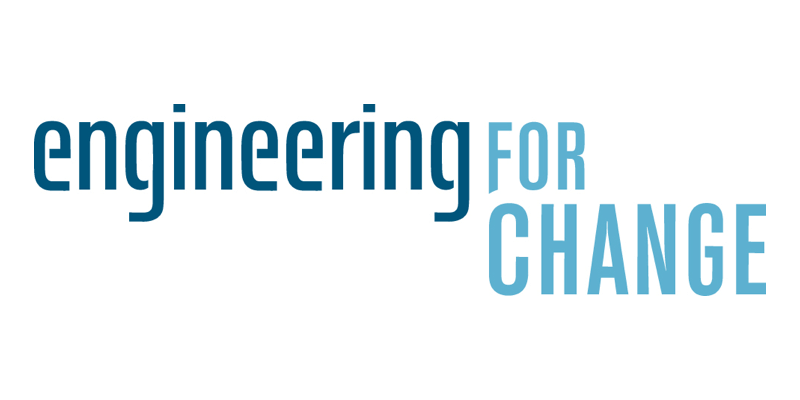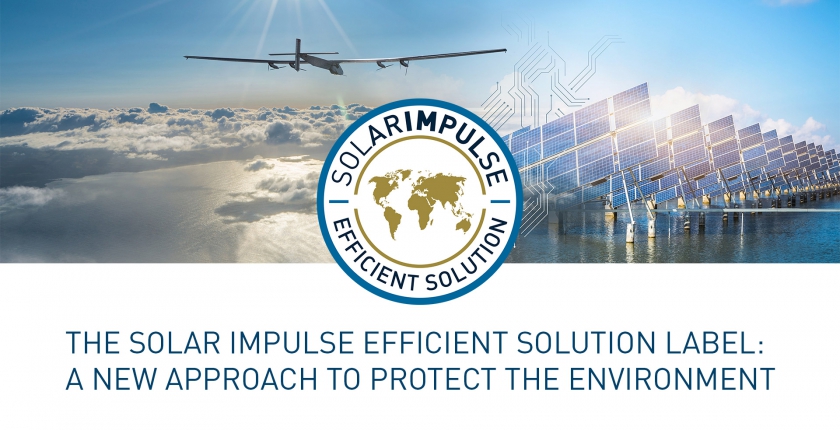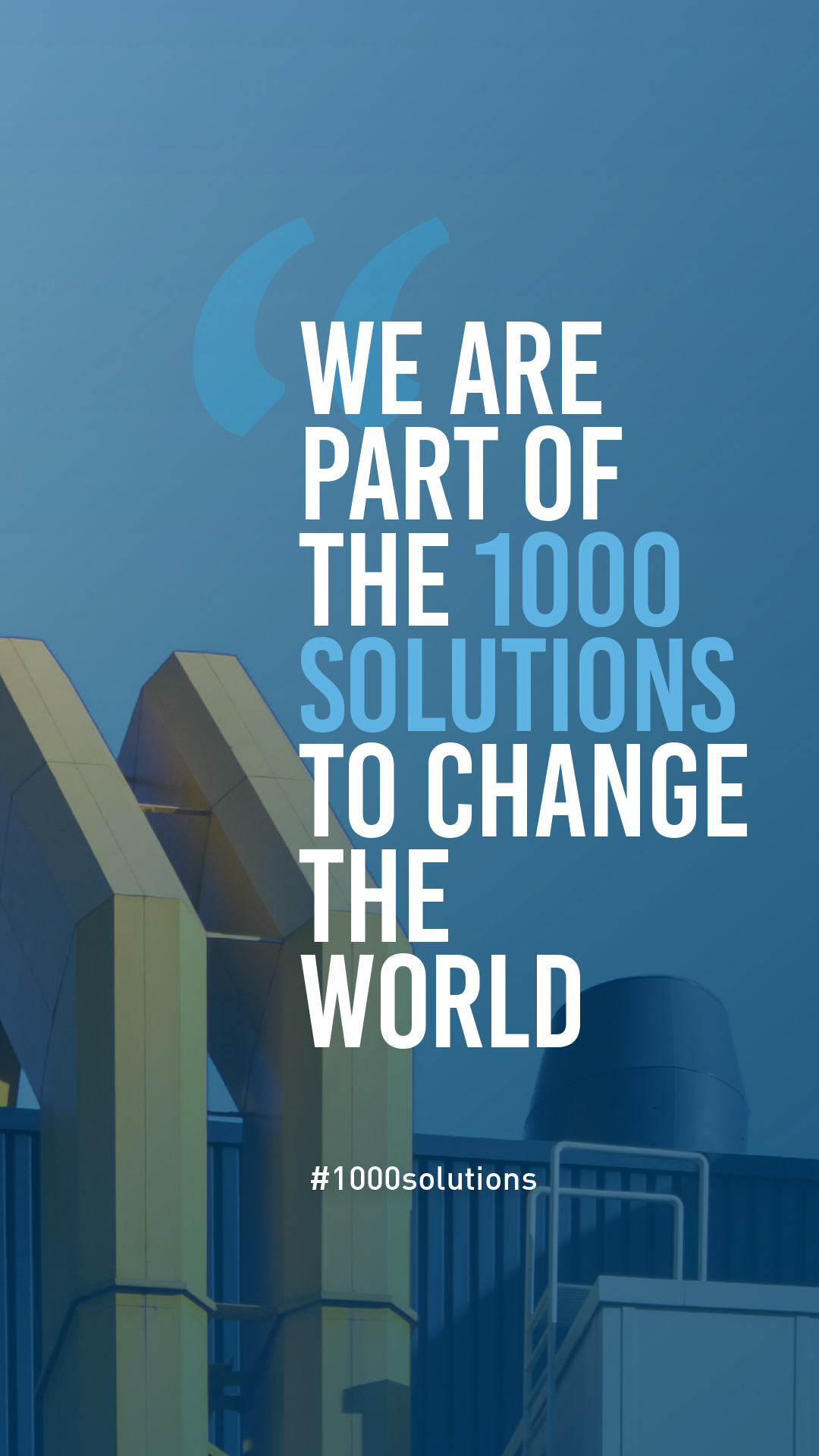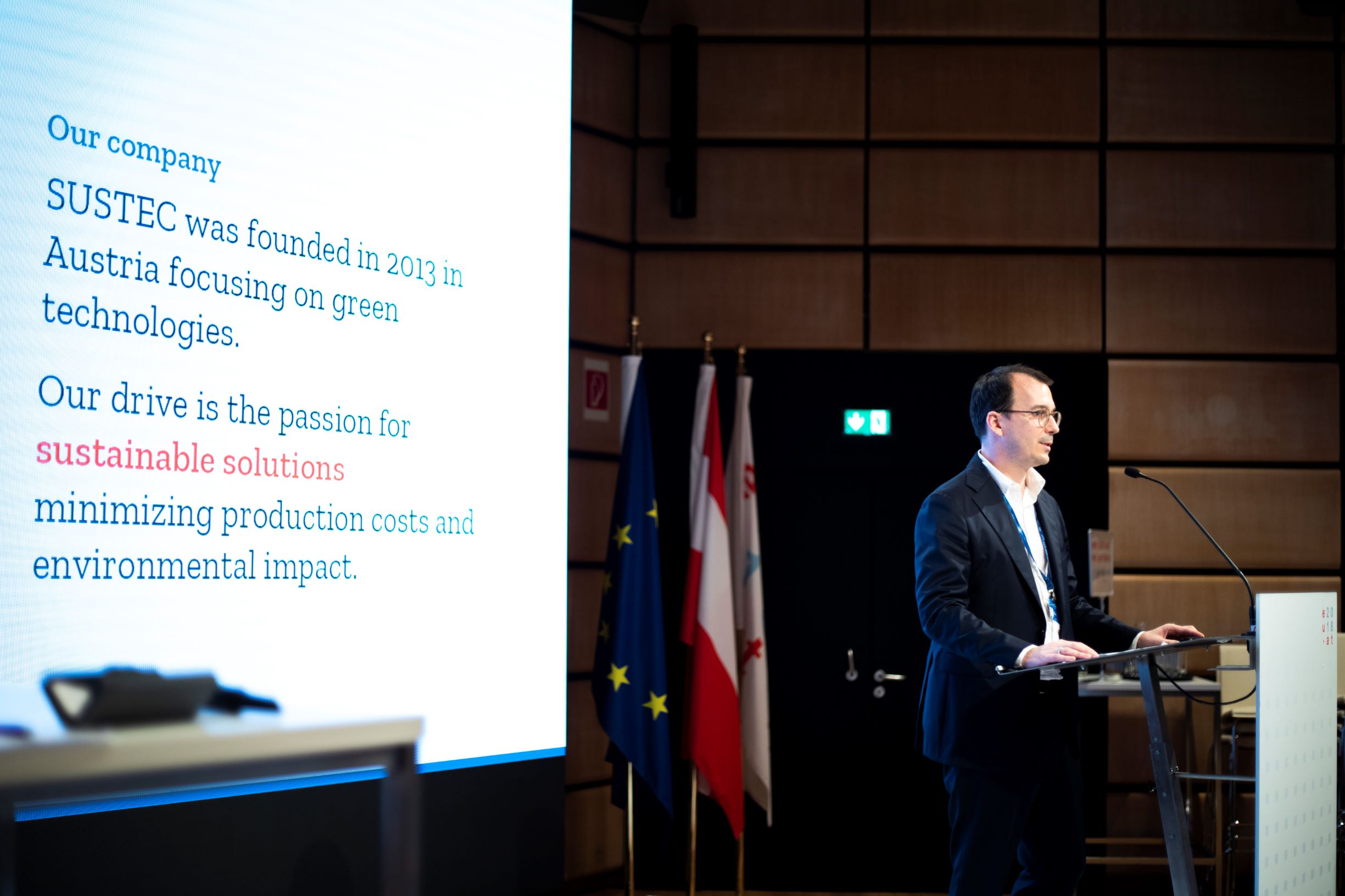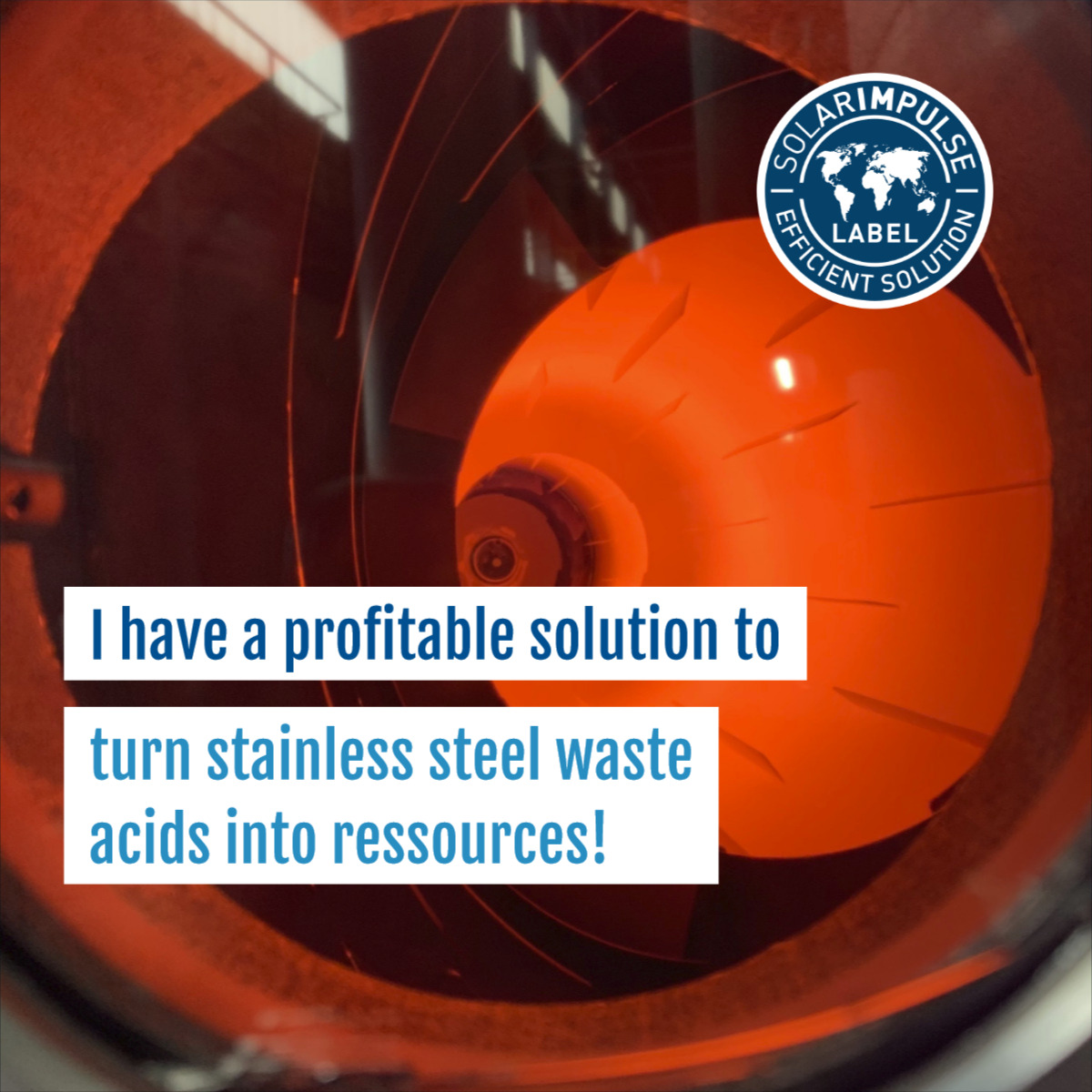CHALLENGE
REGMAX® addresses the inefficient use of resources in traditional stainless steel pickling. Pickling is a surface treatment that uses acids to remove impurities (stains, inorganic contaminants, rust or scale, which is left by many hot working processes) and to provide protection to metals.
During stainless steel pickling, large portions of acid are not consumed and must be disposed of as waste acid. Before this waste can be discharged, it is typically diluted with water, neutralized and filtered, which separates it into a toxic metal sludge and nitrate waste water. The aqueous solution is disposed of into the environment or is sent to an industrial waste water treatment plant, while the problematic sludge needs to be landfilled. Globally, 350,000 litres of nitric and hydrofluoric acid are used for pickling processes every hour and turned into large amounts of waste acid. Furthermore, the production chain for these acids is complex, energy intensive and releases significant amounts of greenhouse gases.
INNOVATION
The innovative REGMAX® process combines gentle drying of the liquid acid waste as a first step and a pyrohydrolysis chemical reaction as a second step. The waste acid is vaporized and separated into gaseous acid and metal salts. Recovered acid is reused for pickling while the metal oxides are reused for steel production. The energy used is significantly decreased by avoiding the production of new inputs or waste treatment chemicals. The environmental impact is drastically reduced and operational costs are significantly lowered. Additionally, waste heat from the process can be used in neighboring processes, such as annealing, doubling energy savings.
REGMAX® is the most sustainable solution available for industries using hydrofluoric, nitric or sulfuric acids in their pickling processes. Direct and indirect energy use for pickling is cut by 50 to 100%, the generated waste acids are completely recovered and a closed loop of materials is created. While generating financial savings, the REGMAX® technology also supports the sustainable use of resources and the protection of aquatic ecosystems.
IMPACT
The first REGMAX® plant was constructed at a German midsized stainless-steel manufacturing plant. All components were manufactured next to the steel production pickling line to reduce transport. This plant recovers more than 1 million litres of toxic waste acid every year, reduces energy use by more than 1,200 MW, and prevents damage to the local ecosystem by avoiding release of waste acids or contaminated wastewater.
The technology has been successfully tested and validated with more than 3,500 hours of operation time so far. Outstanding recovery rates were noted in this first industrial application:
- 99% HF recovered
- 97% HNO3 recovered
- 99% metals recovered
- 3 M liters of water saved
- 1,300 t of toxic sludge saved
A second much larger plant is currently under construction elsewhere in Europe.
POTENTIAL
The REGMAX® technology has the potential to eliminate waste acids from the global stainless steel industry and to recover more than 350,000 liters of waste acid every hour, which will equate to more than 400 MW in energy savings. Its implementation could be accelerated by placing pressure on the stainless steel industry to use the technology or providing funding for smaller plants to make the return on investments more attractive.



